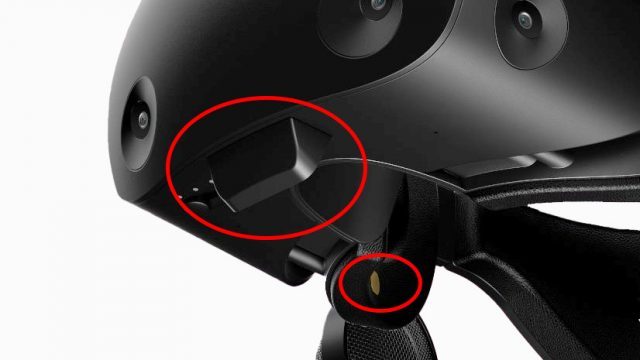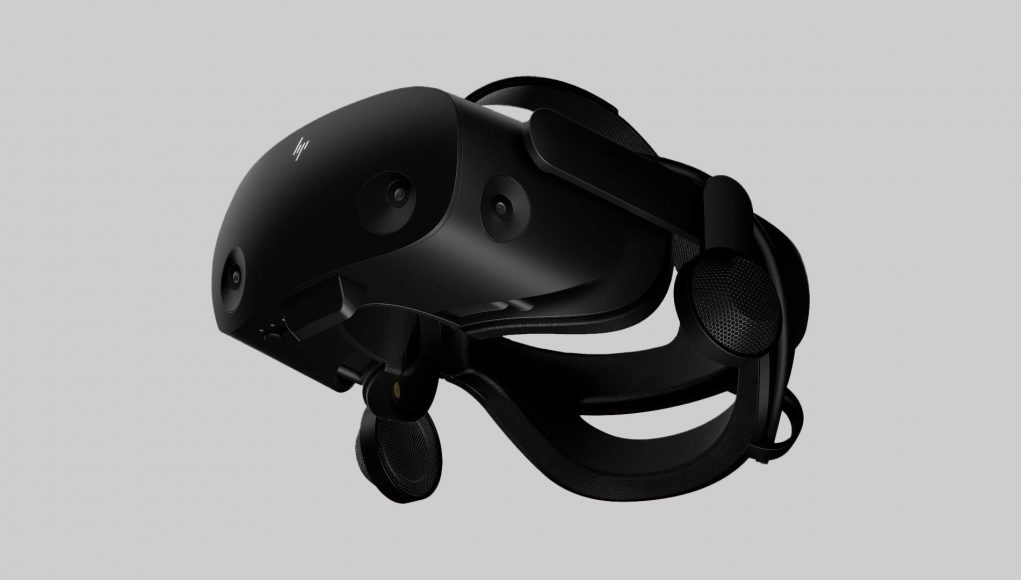HP announced its Reverb G2 headset earlier this year and plans to ship it this fall. Another, rumored version of the headset referred to as the ‘Omnicept Edition’ is said to include eye, mouth, and face-tracking.
Reverb G2 is an upcoming headset that’s quite anticipated thanks to new features which mark it as the first ‘next-gen’ Windows VR headset.
But a rumored version of the headset—likely targeted toward enterprise use-cases—is said to include eye, mouth, and face-tracking.
The blog Aggiornamenti Lumia claims to have uncovered a photo of the headset, which it refers to as the “Reverb G2 Omnicept Edition.” The photo shows what appears to be an appendage hanging under the headset which would presumably house a camera for mouth-tracking. The photo also shows a small glimpse of an electrode embedded in the facepad.

We’ve seen both approaches experimented with in other VR products. HTC, for instance, announced a mouth-tracking camera for its Vive Pro headset last year. And we’ve seen electrodes used along the facepad to derive face movement via measured electrical signals from the likes of MindMaze and others.
The big clue for eye-tracking in a VR headset is seeing IR illuminators around the lenses; unfortunately the photo offered by Aggiornamenti Lumia doesn’t give us a view of the lenses, but the blog does claim that eye-tracking is included.
There are commercial headsets available already with eye-tracking alone, but if the Reverb G2 Omnicept Edition includes eye, mouth, and face tracking hardware, it would be significantly more capable of full facial expression-tracking than other headsets.
Aggiornamenti Lumia has not revealed the source of its information. While enough of the surface details of the report are correct to pique our interest, Road to VR has not been able to independently confirm the information, so we’re still treating this as a rumor.
HP declined to comment on the matter. “Unfortunately, we cannot comment on speculation of unannounced products or any future product plans,” a spokesperson said.







